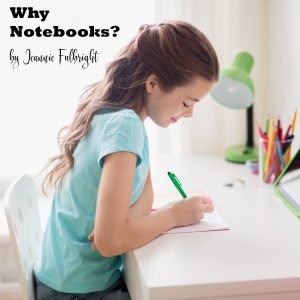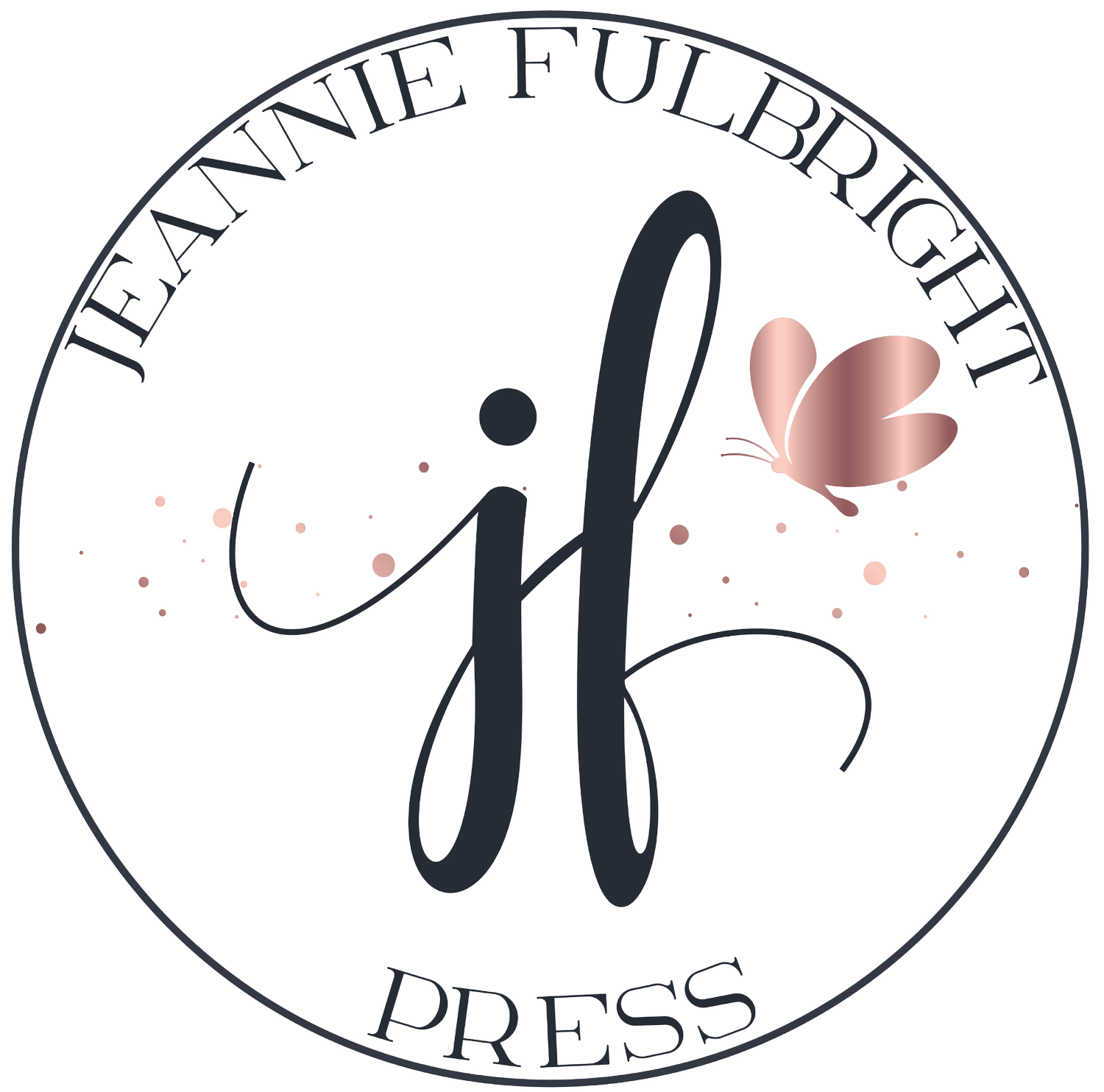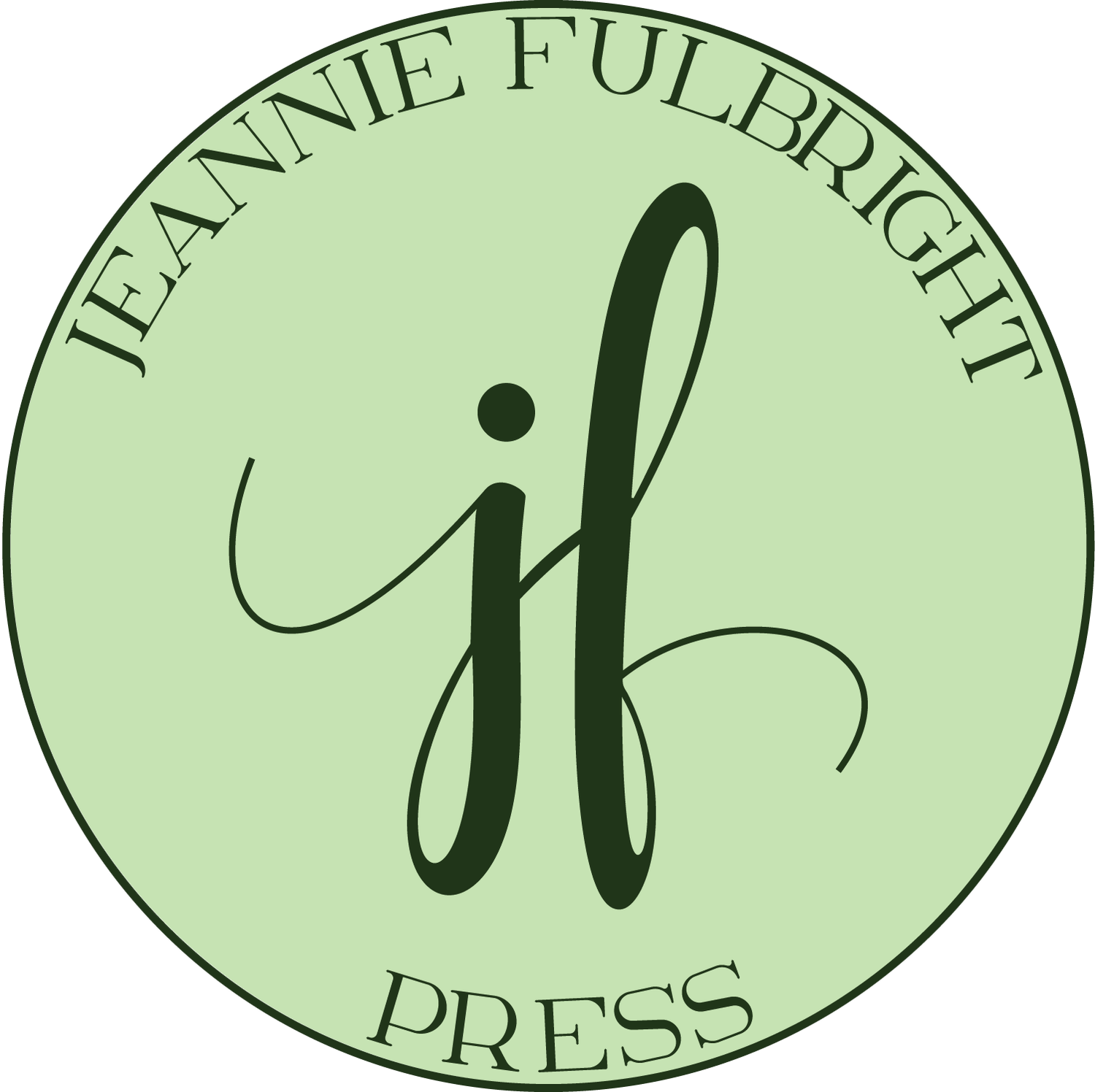Why Notebooks?
Over the years homeschool moms have asked, "Why notebooks?" And to that I would have to say creating and using notebooks was one of the most rewarding and fulfilling things we did in our homeschool. It honestly kept me afloat and from feeling discouraged or ineffective. In fact, notebooks even gave me a sense of accomplishment, a much needed sentiment in the ongoing homeschool journey. We usually used notebooks in place of worksheets, even when the curriculum provided them. Fill in the blank worksheets with word searches, matching games, and the like were unable to engage my children the way creating pages for their notebook did.

Writing and illustrating in a notebook employs all of the child—his memory, his creativity, and his ability to communicate the things that interest him most about what he is learning. The child remembers his work far better when all of his mind is involved in recording his learning than when he simply fills in the blank with the correct word. Besides these benefits, notebooks are just so much more fun, creating a social and energetic atmosphere for the entire family. I loved the sight of my children gathered around the table, sharing a large bucket of colored pencils, chatting about what they were drawing, discussing the subject, and complementing one another's work. They were working on the same thing, each on his or her own level.
It was the closest we came to the idyllic homeschool I had pictured in my mind before I began the adventure.
Here's how it worked: After each story we read, or every time we taught history or science, the children would sit down to illustrate a picture or write down what they had learned, usually both. The younger children sometimes dictated to me as I typed out their narratives. This exercise served as a written account of what they remembered from the lesson or story. The older children were required to deeply contemplate and ponder what was studied, then put their musings into words. After that, they would place their work in a page protector inside their literature, history, or science three ring binder.
The content of our notebooks spanned the range. Our botany notebook was filled with, among other things, illustrations from nature walks, preserved leaves, and records of all our experiments. Each history notebook was replete with illustrations from field trips, books we read, and artists we studied. Our literature notebook had illustrations from each chapter of whatever book we read and a narration of the events therein.
As we would look back at all we had done throughout the year, the children would revel in their past learning. They had a complete record of the wonderful books we read, the science experiments we conducted, and the history we studied. It was all recorded and preserved—an unmistakable testimony of their learning.
Children of all learning styles are rewarded from the use notebooks. The verbal child can write long narratives, poems, and stories about each subject. The artistic child can illustrate an assortment of pictures or make collages to help him remember his studies. The tactile child can collect artifacts and items about the topic. And the preschoolers feel they too are "doing school" as they color their little pictures and put them in their own notebook, just like the big kids. 
The notebook gives children freedom of expression while providing organization and order to the learning process. It shows elements of the child's character, creativity, and natural bent. We used plastic sleeve page protectors for every page placed in the notebook. It kept each page nice as the children perused their work again and again. Each time the children looked through their notebook they were reminded of what they learned as they unknowingly reviewed their "school work." Every time they proudly showed their notebook to a friend or family member, they subsequently locked the information into their brain forever.
This lays a solid foundation for future studies. As learning progresses and deeper analysis of subjects are needed, the previously compiled notebook can serve as a springboard for more thoughtful study. For example, a child can open his American history notebook and look over his simplified version of the settling of Jamestown. This will enable him to recall enough information to move into a deeper study of the subject. In this way, notebooking makes advanced studies less laborious.
But notebooks benefit parents as well! They offer a delightful record of what we taught and what our children learned, providing tangible evidence that, "Yes! I actually did teach them some interesting things this year!" When our children keep a personal notebook filled with collected artifacts and illustrated learning, we are rewarded with a documentation of all that was accomplished and can be confident we taught them well.
Notebooking was so gratifying for our family.
It was a blessing to look over my children’s work, and I love that I was able to say with confidence, "We learned a lot this past year!" Without the use of notebooks, all the rich books we read and the incredible things we learned would likely not be remembered.
I can only imagine that when the last of my children are grown and gone, I will spend countless hours pouring over their old notebooks, laughing and crying at the rich memories they hold.
Read on for more about the benefits of homeschooling.


